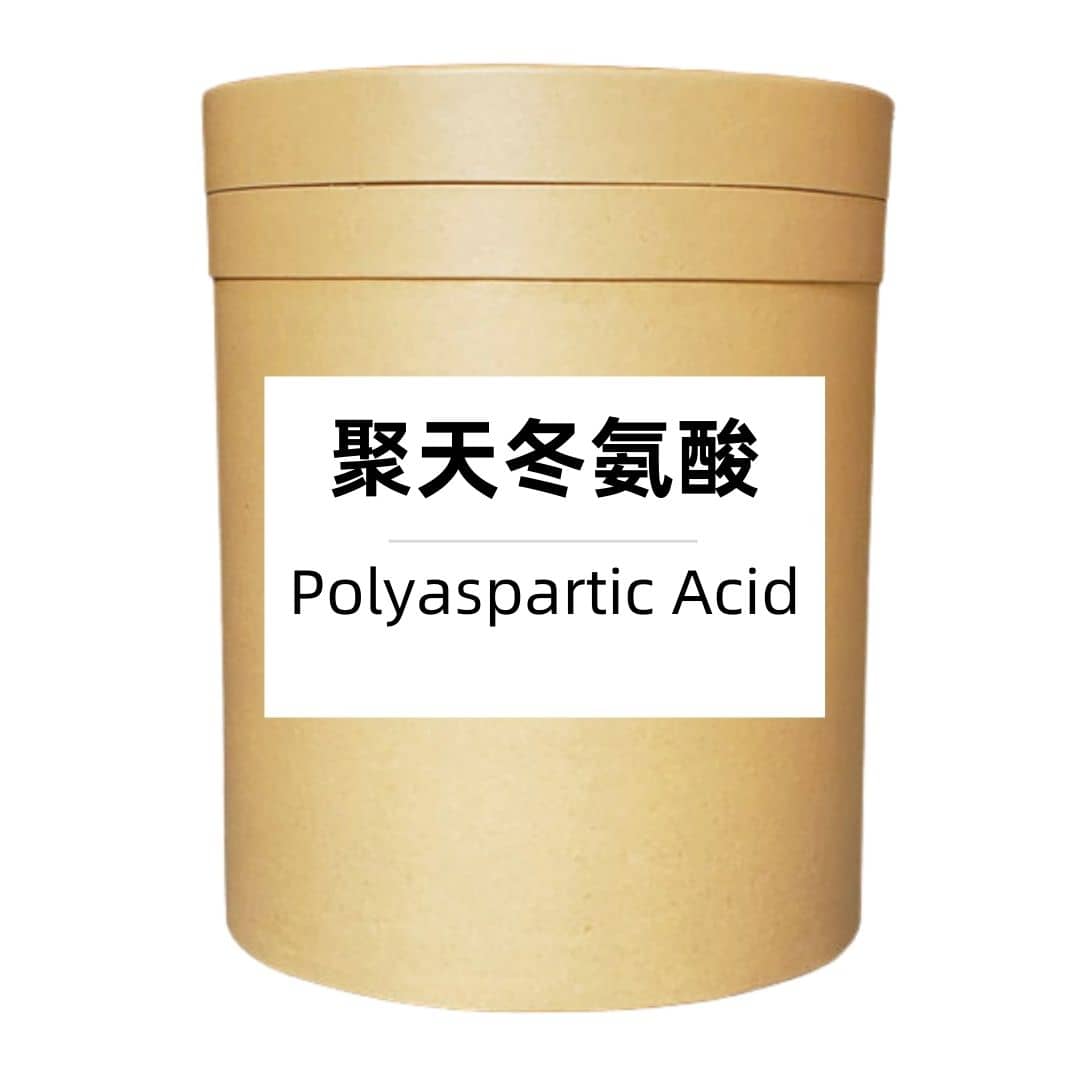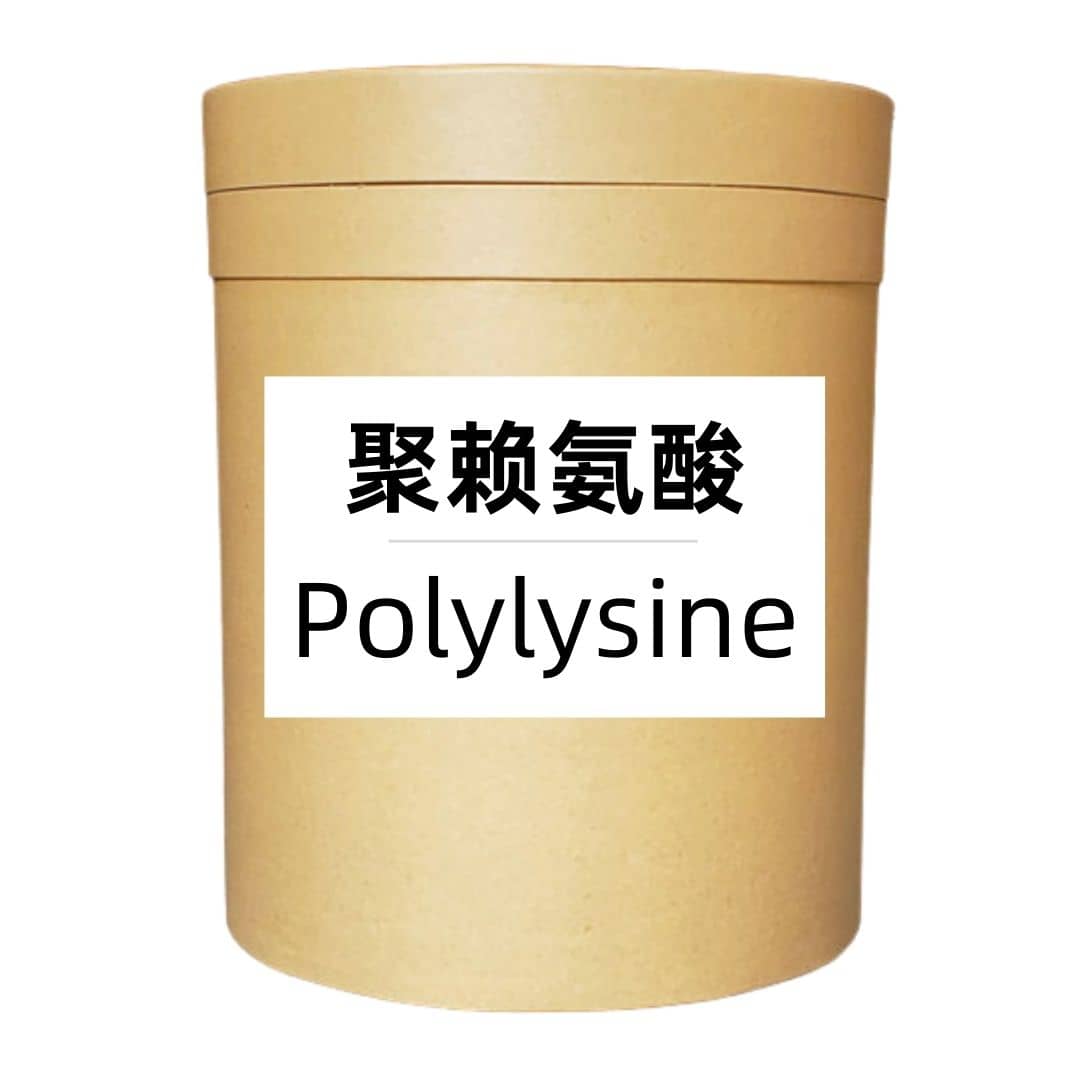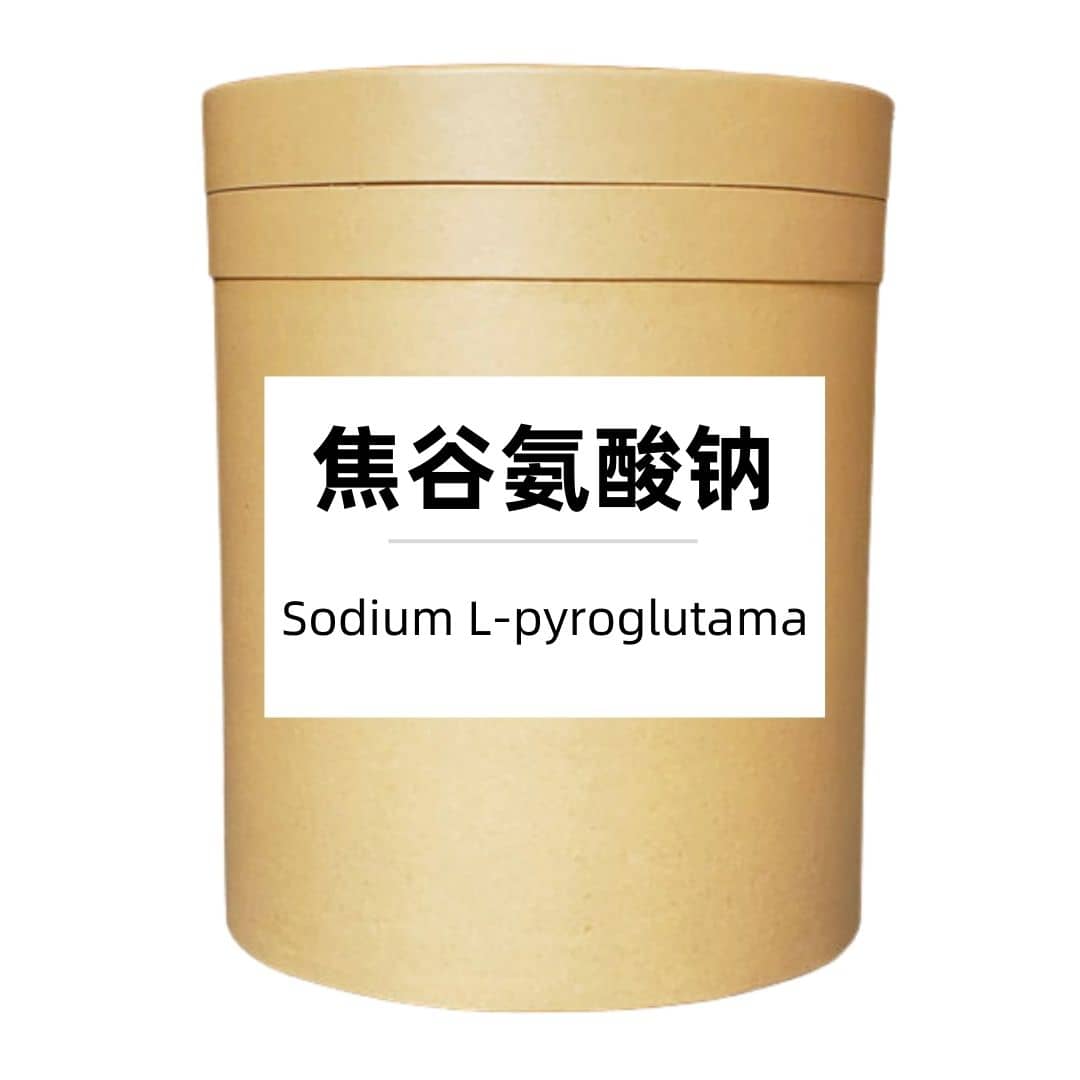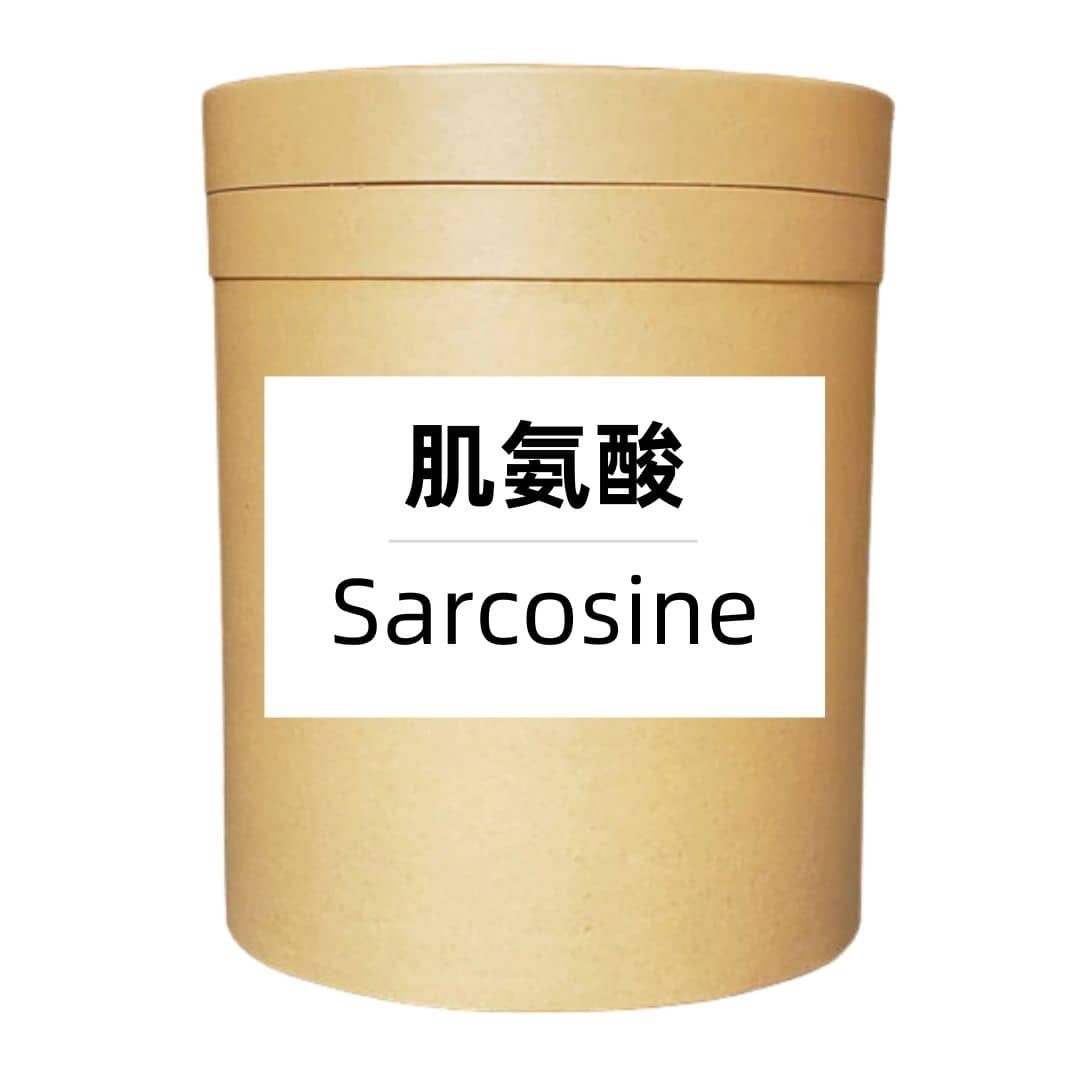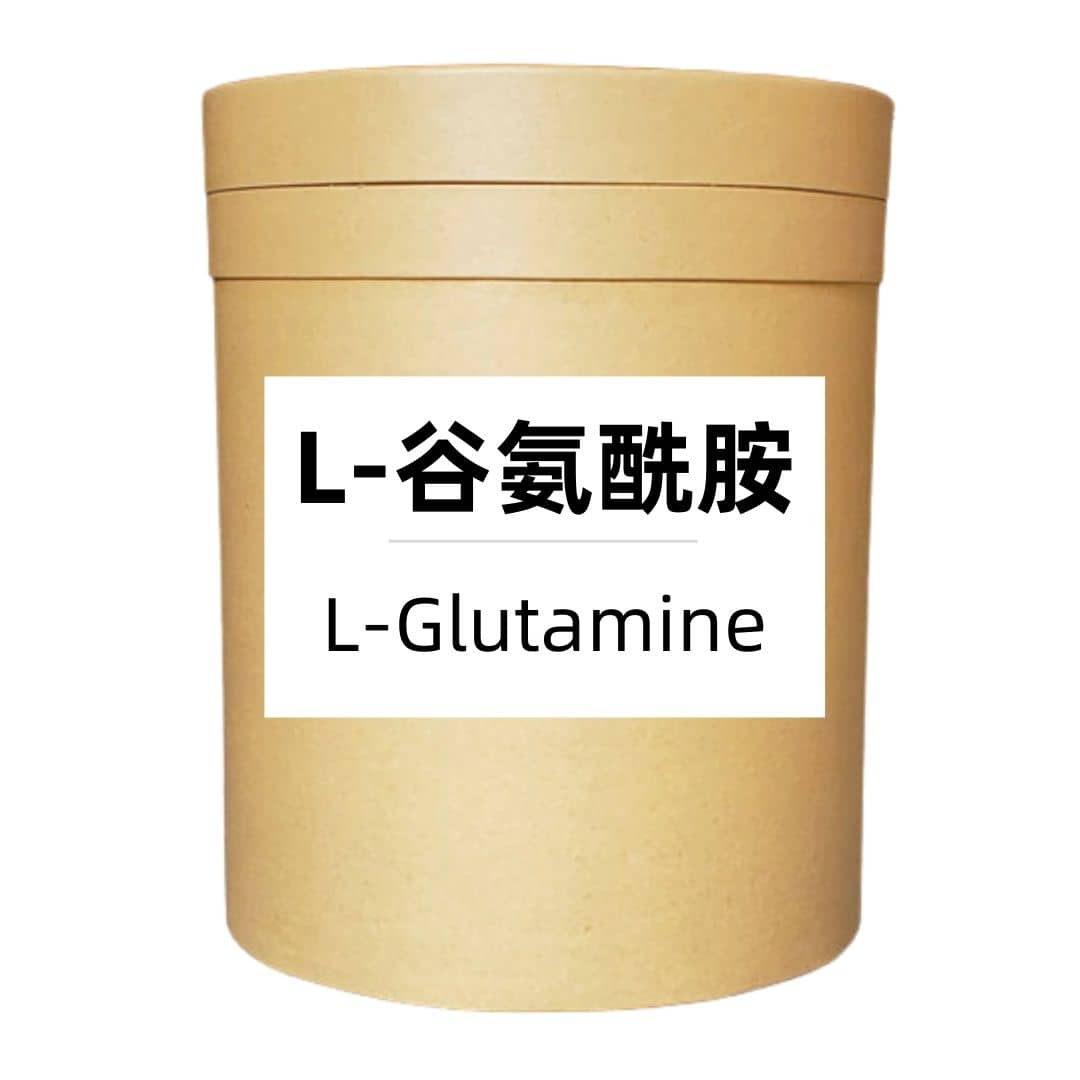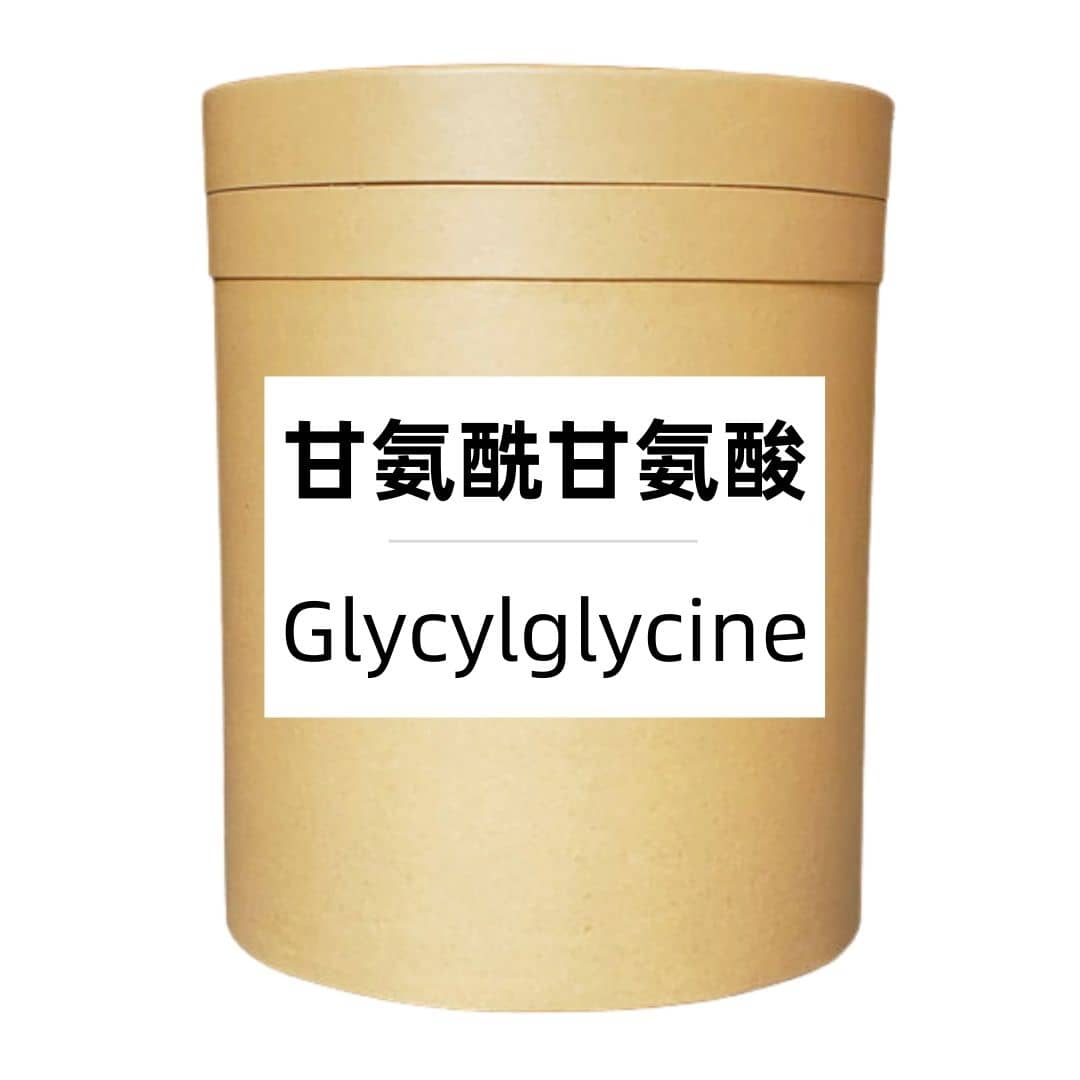Product introduction
Cysteine is an amino acid that is widely present in organisms and is used in food additives and cosmetic raw materials. It is a sulfur-containing amino acid that has important physiological functions for cells and tissues. Cysteine is often used as a thickener, antioxidant and flavoring agent in food, and as an antioxidant and moisturizer in cosmetics.
Cysteine can be ingested in the form of food or supplements, or it can be synthesized by the human body. It participates in protein synthesis in the body and plays an important role in maintaining cell health and immune function. Cystine is also an antioxidant that can effectively remove free radicals, reduce cell oxidative damage, and has a certain effect on protecting cells and anti-aging.
Product Production Process
The production process of cystine is usually divided into two methods: chemical method and fermentation method. The chemical method mainly converts cysteine into cystine through a synthetic reaction, while the fermentation method uses fungi such as Escherichia coli to produce cystine. Whether it is a chemical method or a fermentation method, a series of reactions, separations and purification steps are required in the production process to obtain high-purity cystine products.
During the production process of the product, it is necessary to strictly abide by relevant laws and regulations to ensure the quality and safety of the product. This includes the selection and procurement of raw materials, the control and monitoring of the production process, and the inspection and evaluation of product quality. Through reasonable production processes and quality control measures, the quality of cystine products can be ensured to be stable and meet safety standards.
Product Efficacy and Function
Cystine has a variety of functions and functions in food and cosmetics. In food, cystine is often used as a thickener and flavoring agent to improve the taste and texture of food. At the same time, cystine is also an antioxidant that can delay the oxidation process of food, extend the shelf life of the product, and maintain the nutritional value of the food.
In cosmetics, cystine is widely used in skin care and hair care products. It has moisturizing and antioxidant functions, can nourish the skin and hair, and improve its texture and gloss. Cystine can also help restore the damaged stratum corneum, balance the water and oil balance of the skin, and make the skin healthier and younger.
Product application scenarios
Cystine has a wide range of application scenarios in the food and cosmetics industries. In food, cystine is often used in meat products, bread, sauces and other products to enhance the flavor and taste of the product and improve the texture and quality of the food. In cosmetics, cystine is often used in skin care products, shampoos, hair masks and other products to bring moisturizing, repairing and nourishing effects to users.
When using cystine, it is necessary to follow the recommended usage and dosage in the product manual. Reasonable use of cystine can maximize its efficacy and ensure that users get the best experience.
Packaging and storage
[Storage conditions] This product should be sealed and light-proof, avoid high temperatures, and stored in a dry, cool, well-ventilated place
[Packing method] Large goods are 25 kg/cardboard barrel, small samples are 1 kg/aluminum foil bag, and can also be packaged according to customer requirements
[Transportation method] Express or logistics, domestic express delivery arrives within three days, logistics arrives within five days. The quotation generally includes domestic transportation costs
[Validity period] Two years
Monica Sun possesses extensive technical expertise and market insights in the food additives industry. She excels in designing efficient and safe additive formulations tailored to various food applications, ranging from sweeteners to functional dietary fibers. Monica has successfully assisted food manufacturers in optimizing ingredient combinations to enhance product quality and improve consumer satisfaction.









